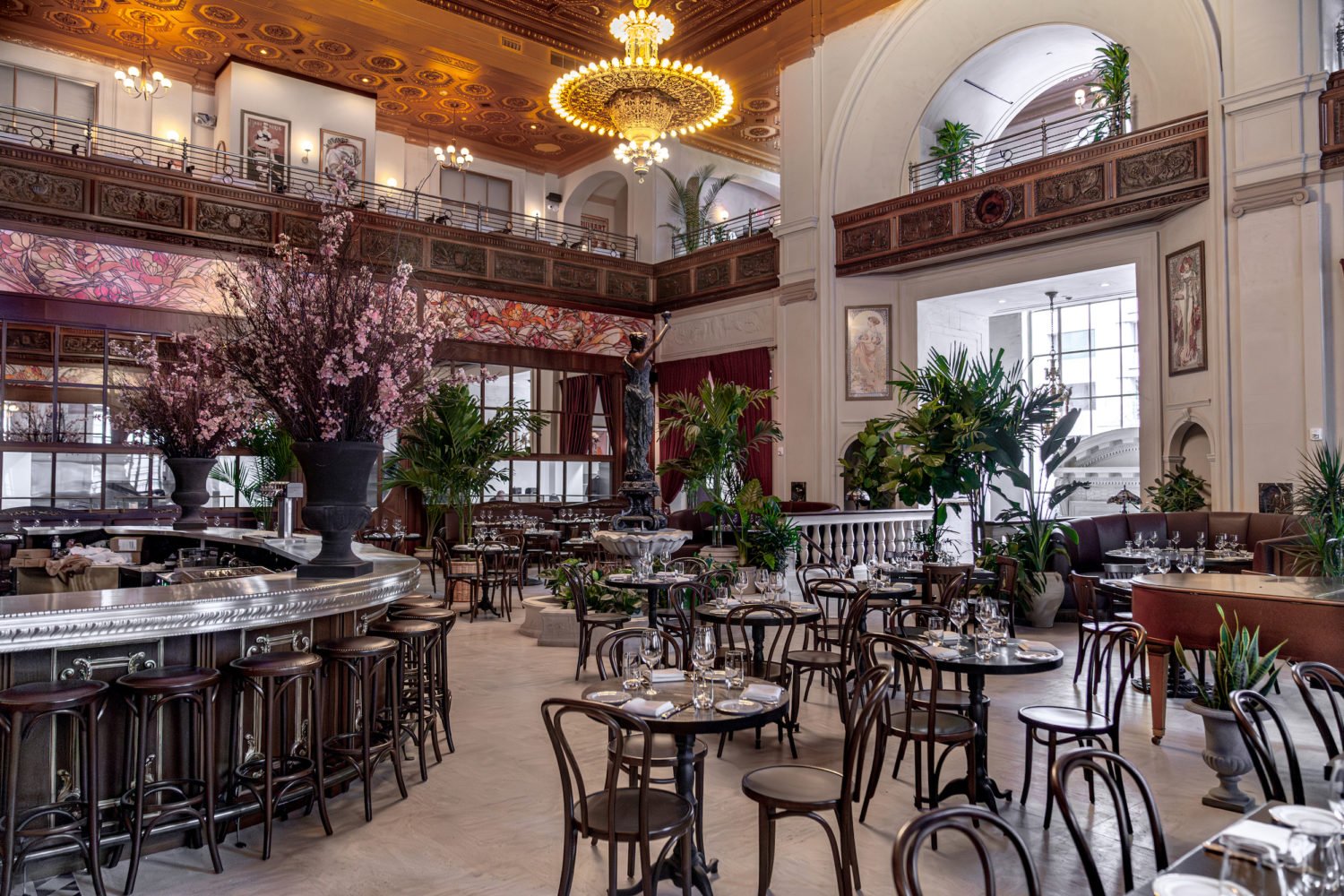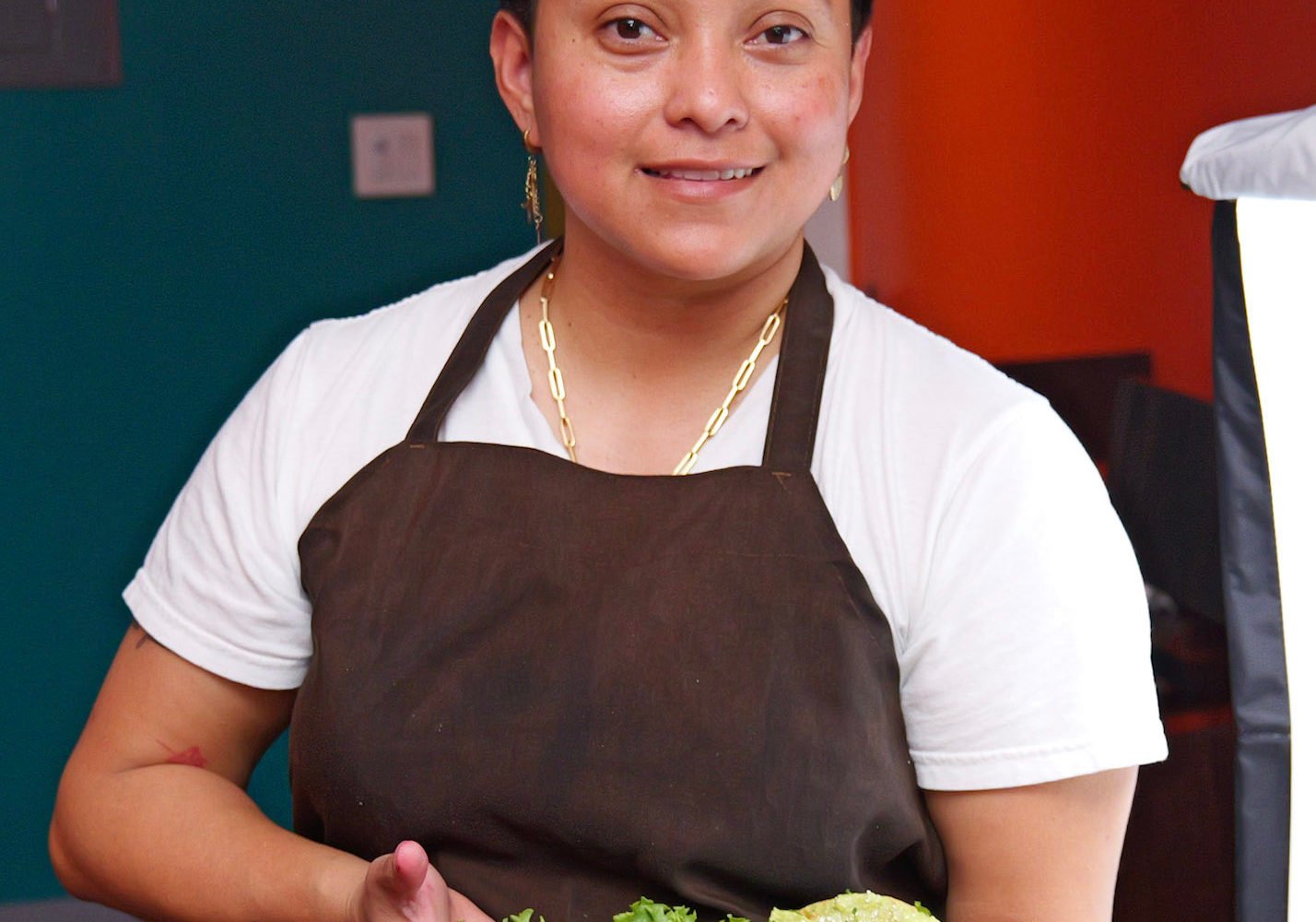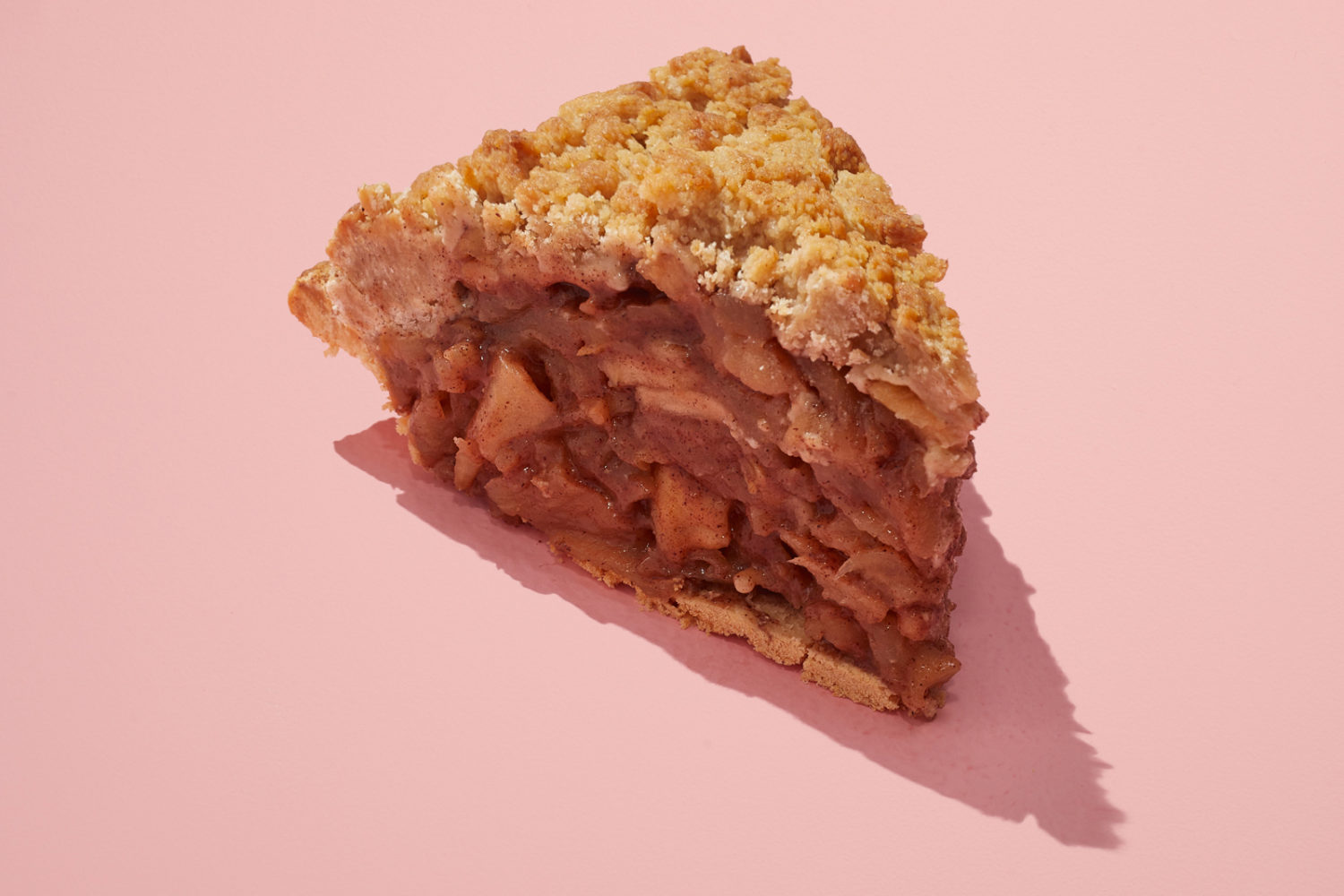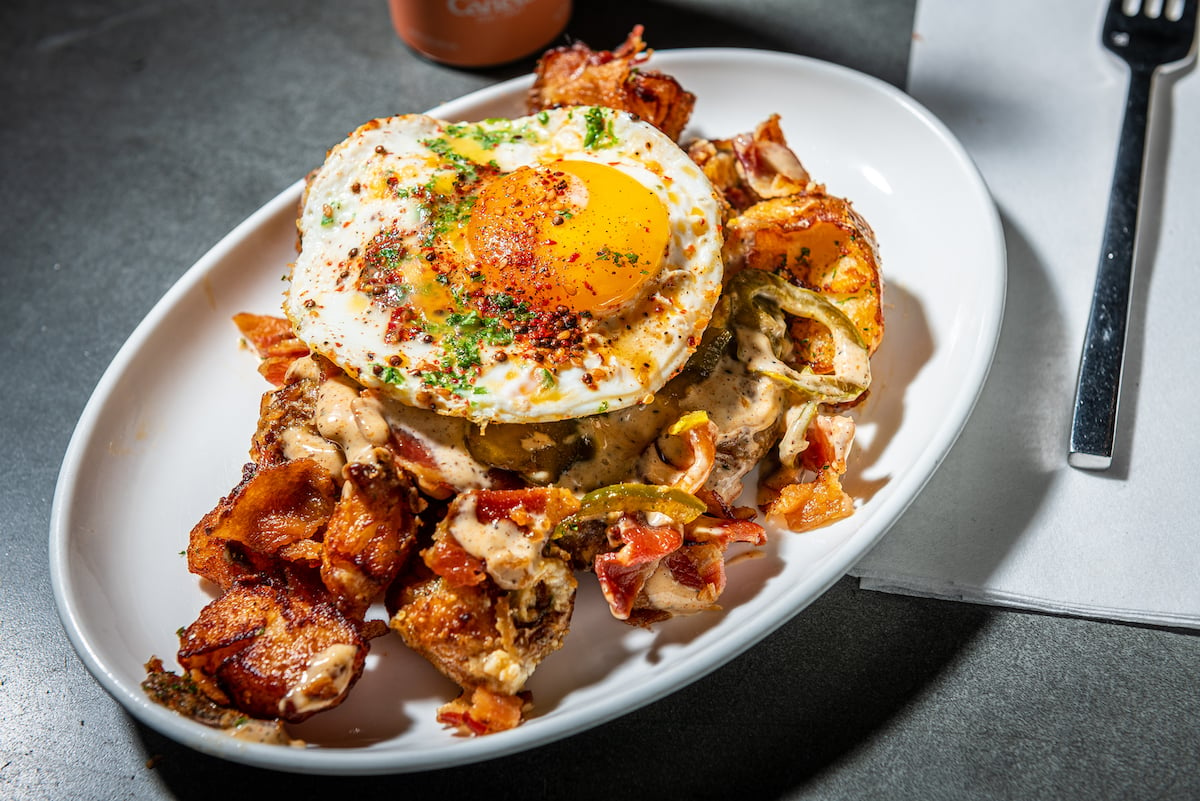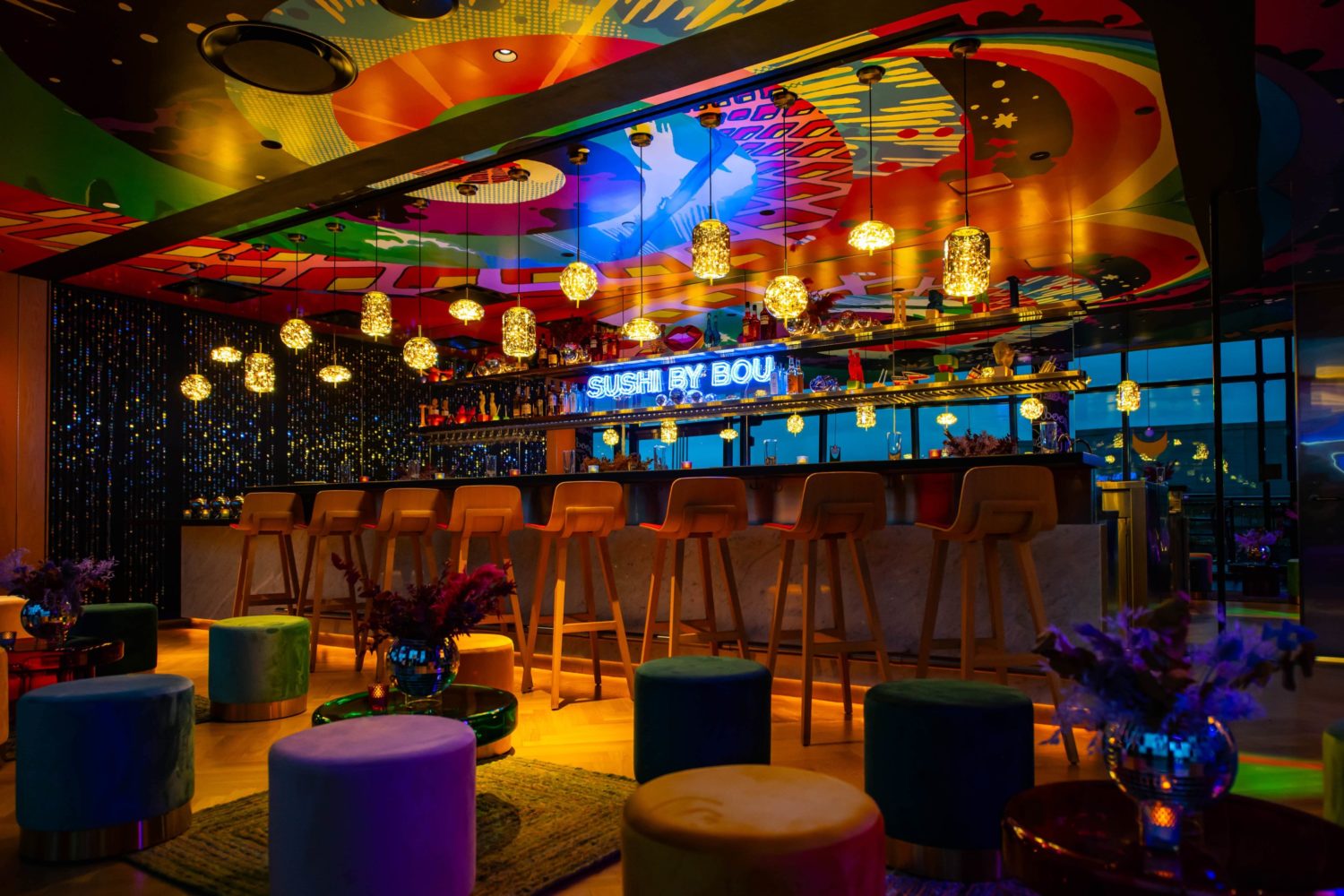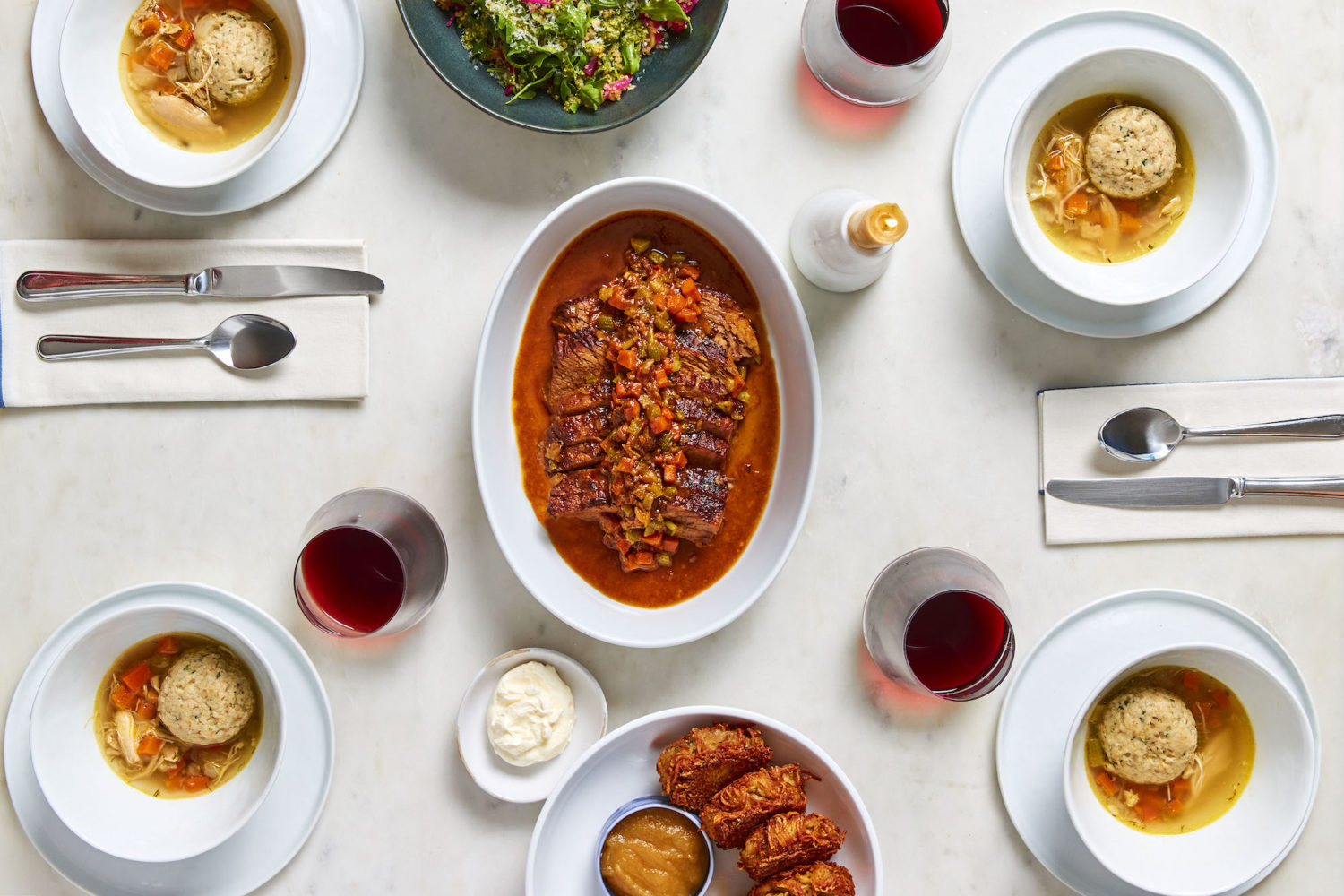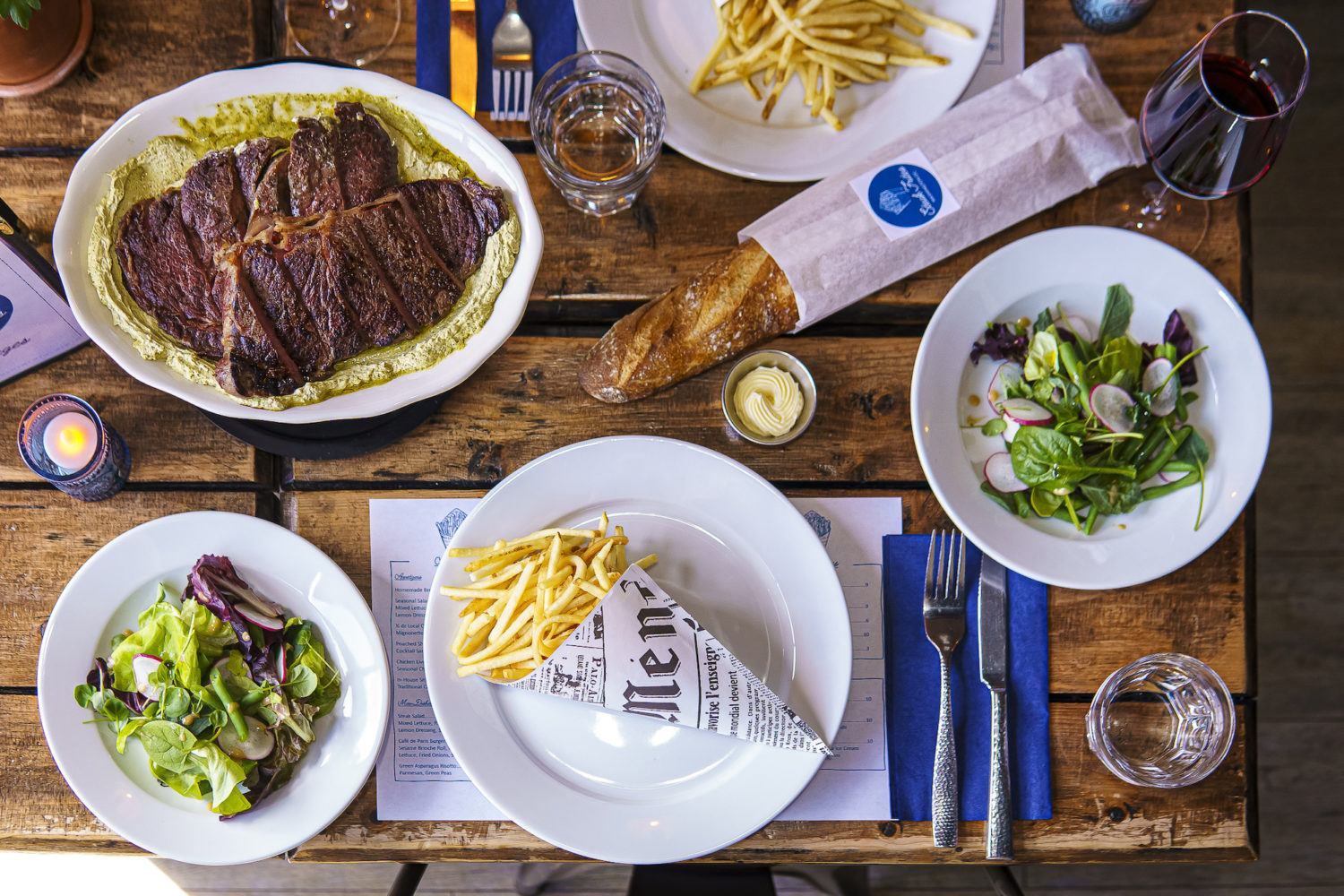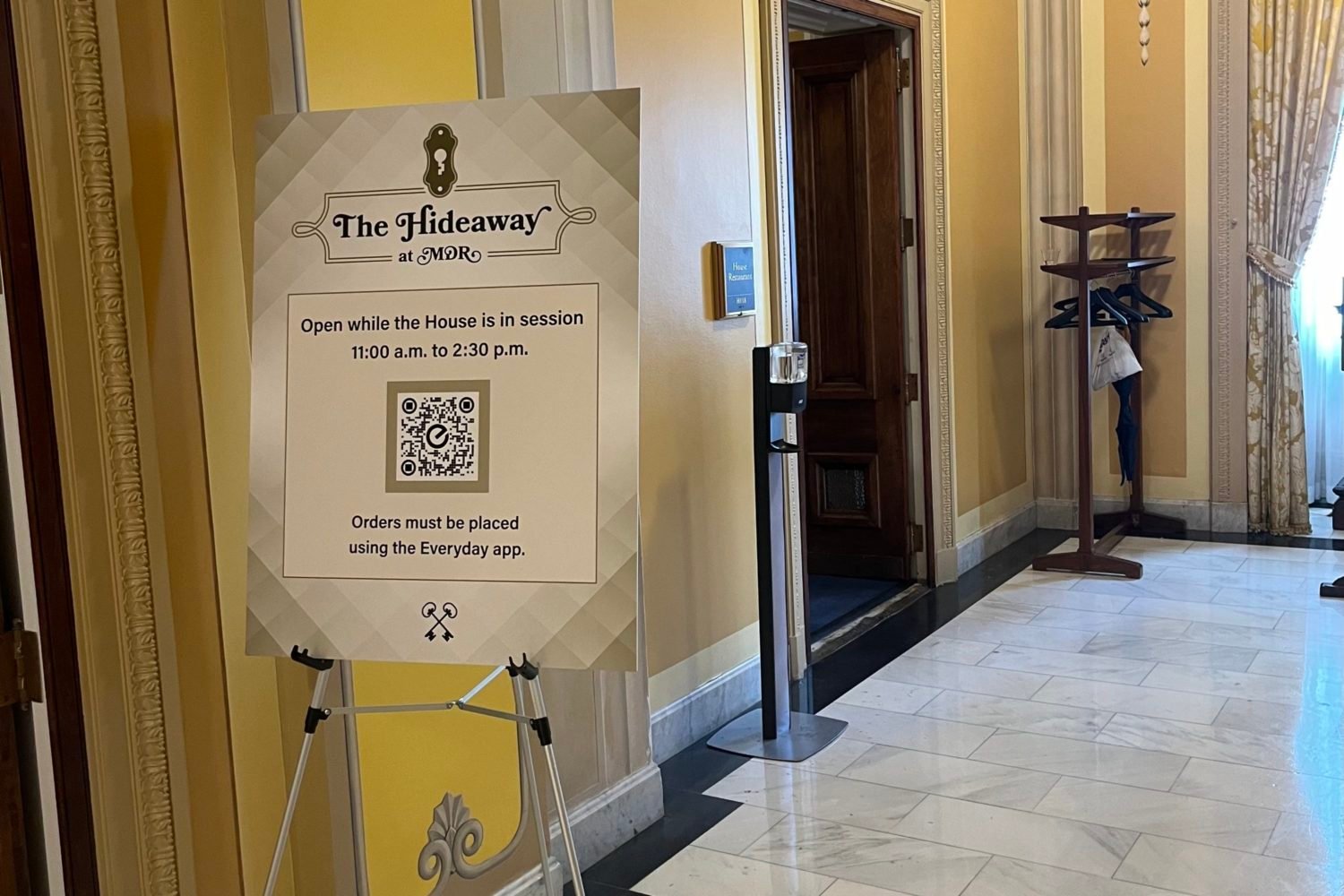You might expect a restaurant from Cafe Milano’s former chef to be more about the scene and pretty people than about the food, but at Assaggi, Domenico Cornacchia has flipped the formula.
The sweaters-and-jeans crowd probably knows the difference between Barolo and Barbaresco, but Milano’s designer-studded party that never ends is nowhere to be found at Assaggi, a serious-minded spot in the old Centro space turning out rustic regional-Italian plates from an open kitchen.
Chef/owner Cornacchia appears to be shunning the limelight in his new venture, perhaps out of habit from his time as executive chef for Franco Nuschese’s glitzy trio of restaurants. (Sette Bello and Sette Osteria are the other two.) Still, his menu is laced with odes to his hometown in the Abruzzo region of Italy, and his goal appears to be to create a dining experience akin to what you might find in a good trattoria there.
How you approach a meal at Assaggi will depend on your mood and your pocketbook. You can make a meal of salumi and cheeses from the mozzarella bar—a pricey plate of delicate aged Parma prosciutto is ideal for sharing, and the Italian burrata tastes like clotted cream. House-made condiments such as basil-marinated zucchini, which has the silky texture of carpaccio, and tangy green-tomato marmalade add a modern fillip to the salumi. At times you forget they’re condiments—the portions are generous.
Beyond the Barolos and Barbarescos are some offbeat by-the-glass wines—such as the Vernaccia di San Gimignano Toscolo 2007—that pair well with these plates.
Supping on starters is another strategy. I’m thinking of a robust bowl of chicken livers and wild mushrooms vellutata over creamy polenta—meat and especially meat ragus are an Abruzzi staple—or ethereal fritto misto, flour-dusted shrimp and calamari with elegant slivers of fried zucchini and eggplant.
Pasta can be had in half or full portions—as a starter, the way it’s done in Italy, or a main course. House-made pappardelle is a marvelous tangle of torn noodles sopping up a deeply satisfying ragu of veal, pork, and beef. Another nod to Abruzzi is the chestnut tagliatelle with wild mushrooms, and it’s nearly as good. Pumpkin-filled mezzelune—moon-shaped, raviolilike pasta—avoid that all-too-common sweetness.
The roster of main courses and specials is lengthy, and the cooking is hearty. Braised veal short ribs in a gremolata-shot wine reduction are a new, meaty take on beef short ribs. Lamb three ways isn’t a prissy plate but a robust one, with a chop, spicy lamb sausages, and—most gratifying of all—paper-thin pink slices of roast lamb.
Cornacchia has also been known to whip up special requests such as chicken Milanese (a standby on the lunch menu) at dinnertime—and you don’t have to be a regular to ask. Seafood and fish are no afterthought. A flaky, nicely crusted wedge of Alaskan lingcod is countered with lush celery-root purée.
If some desserts, such as the dry hazelnut chocolate torte, aren’t quite up to standard—though the light, lemony cheesecake and Italian mini-doughnuts are—it may be because Cornacchia is overseeing those, too. Other signs of the chef’s being overextended are underseasoning and plates that could be more artfully arranged.
There seems to be a strain on servers as well, with occasional mixups on cocktail and dinner orders and pacing that’s sometimes off. One easy fix is a better wine cooler—white wines by the glass were served warmer than they should be.
Assaggi has the potential to be a better restaurant. At the moment, it’s a fine place for lovers of Italian food and wine, and for Cornacchia, right now, that seems to be enough.
This review appeared in the January, 2009 issue of the Washingtonian.






